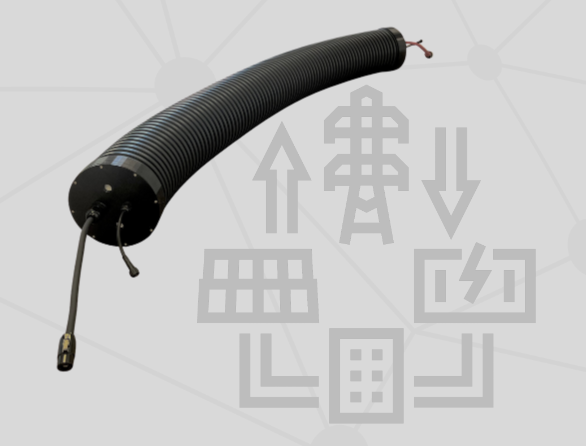
How Capacitech Uses Supercapacitors to Fill the Gap in Energy Storage
We build high-power and space-conscious energy storage systems for an increasingly complex grid. Our products enhance renewable energy sources, long duration energy storage assets, and overall power quality while overcoming typical integration and physical footprint challenges. With innovations in form factor, power electronic, and energy management technologies, Capacitech is a trusted partner for dynamic and space constrained power applications of varied shape, size and scale.

The Role of Supercapacitors in Microgrids and Renewable Applications
The emergence of renewables and energy storage resources is changing the grid as we know it. As they make up a larger percentage of the grid, both long duration energy storage and rapid response energy storage technologies are required. Supercapacitors are a well known kind of rapid response energy storage technology that is uniquely capable of addressing disturbances and fluctuations that long duration technologies cannot handle. This article talks about the important role supercapacitors have in stabilizing grids and how Capacitech’s PowerLink addresses one of the critical challenges to using supercapacitors - space constraints.

PowerLink: High Power Energy Storage for Space Constrained Applications
The PowerLink offers an alternative to the obtrusive shipping container style enclosures used today for large scale energy storage products. Competing products require large enclosures that take up valuable space in our communities. The PowerLink fits within available space, so there is room for more solar panels, homes, parks, etc…
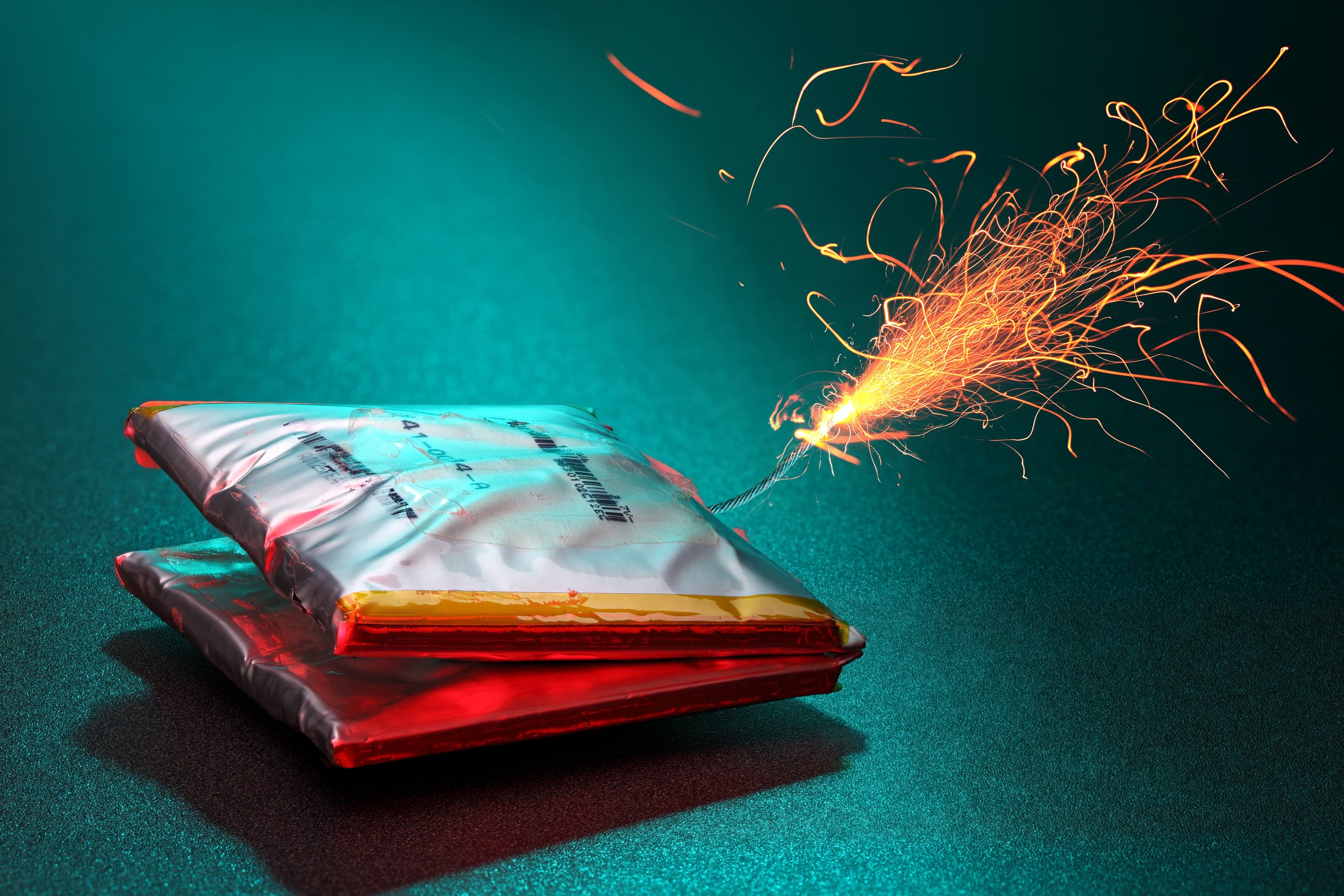
Energy Storage System Safety Considerations
Batteries stand as the conventional choice for energy storage, yet an exclusive reliance on them poses challenges, especially in terms of safety. The emergence of supercapacitors presents an alternative with distinct advantages, notably stable performance in low temperatures and a remarkable high-power density. In our ever-evolving energy landscape, where batteries integrate into homes, cars, and the electrical grid, safety considerations become paramount. Supercapacitors emerge as a key player in achieving sustainability goals and adhering to safety standards, particularly in densely populated urban areas.
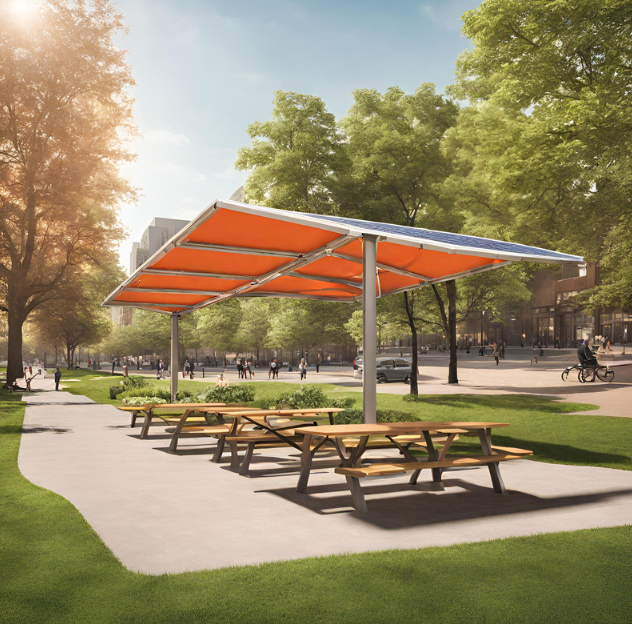
Unleashing the Potential of Supercapacitors in Hybrid Systems
From powering electronic devices, to electric vehicles and renewable energy systems, the use of batteries as an energy storage solution has been prevalent. However, batteries have limitations like slow charging, limited lifespan, and restricted power output. This is where supercapacitors, also known as ultracapacitors or electric double-layer capacitors (EDLCs), step in.
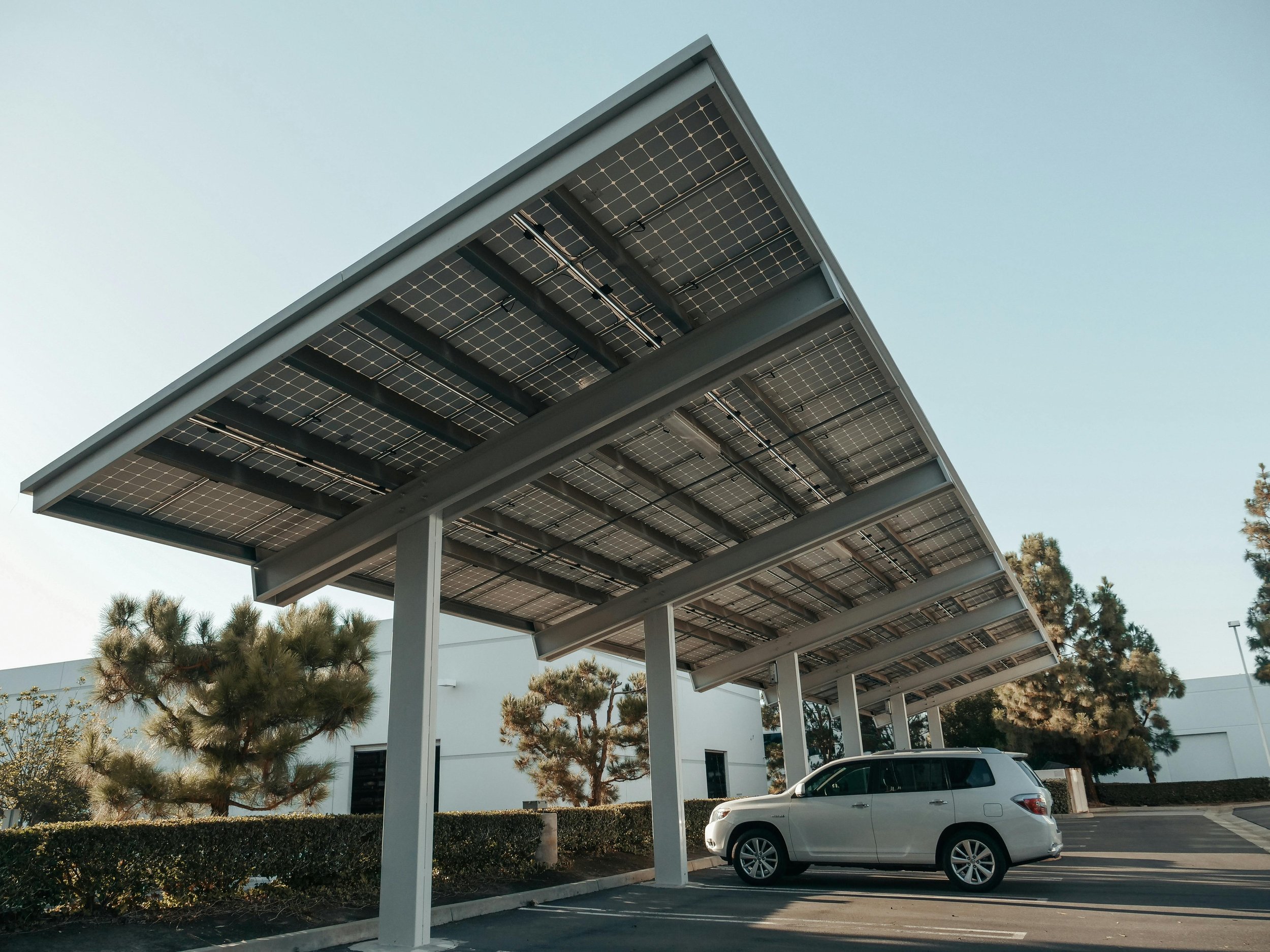
Looking for a Supercapacitor Battery?
When it comes to powering dynamic, high-power applications, batteries are inefficient and expensive. Luckily, there is a solution - supercapacitors. Supercapacitors are well-known for their ability to help batteries do more by storing large amounts of power by leveraging their extremely low internal resistance, making them ideal for demanding applications that require fast charging and discharging. In this blog post, we will discuss the shortcomings of batteries, supercapacitor technologies, advantages of pairing them with batteries to create the best of both worlds and explore popular supercapacitor solutions.
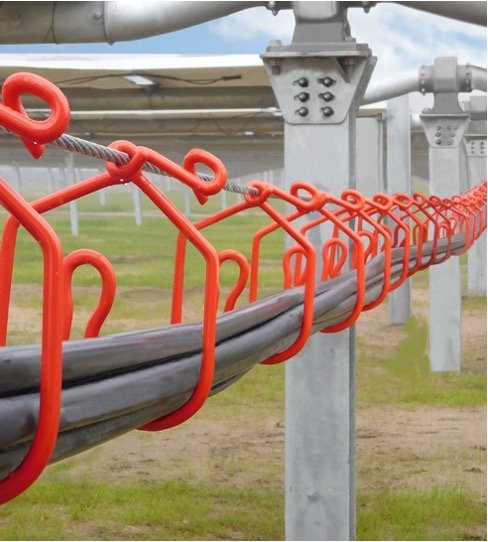
Adding Energy Storage Inside PV Wiring Infrastructure
Energy storage key to the world’s transition to renewable energy sources. Hundreds of gigawatt hours (more than one billion iPhone batteries) are needed to reach our goals, but where will all of that storage physically go? Energy storage systems used in solar farms require tens to hundreds of acres of valuable land. We’re here to change that.
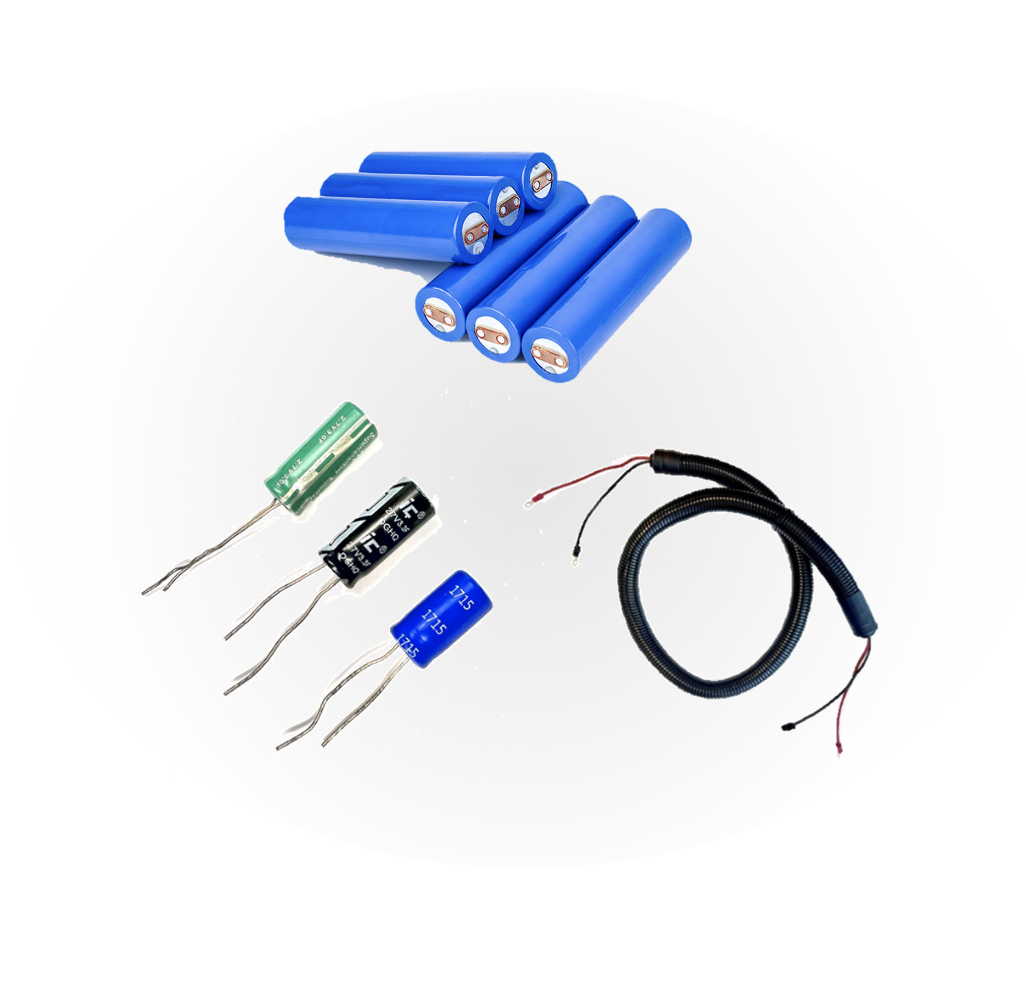
Batteries or Supercapacitors? Why Not Both?
Batteries are great, but they are not perfect. The same can be said about supercapacitors. Actually, where one is strong the other is weak. This is why there is growing interest in using both at the same time, but that can be challenging. In this article, we talk about differences between batteries, supercapacitors, hybrids, and how Capacitech’s unique approach to energy storage systems overcomes challenges faced in the past.

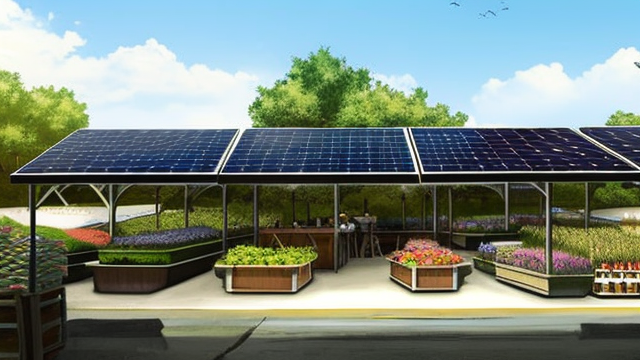
The Best Events are Powered by Clean, Off-Grid Energy Storage
Gas generators may be sufficient for the present, but they are not for the future. Event planners should be making the move towards clean energy sources like solar to power their outdoor events. In this blog we’ll look at an alternative to gas generators, why it can be difficult to adopt, and how Capacitech makes it easier and more affordable to make this adoption.
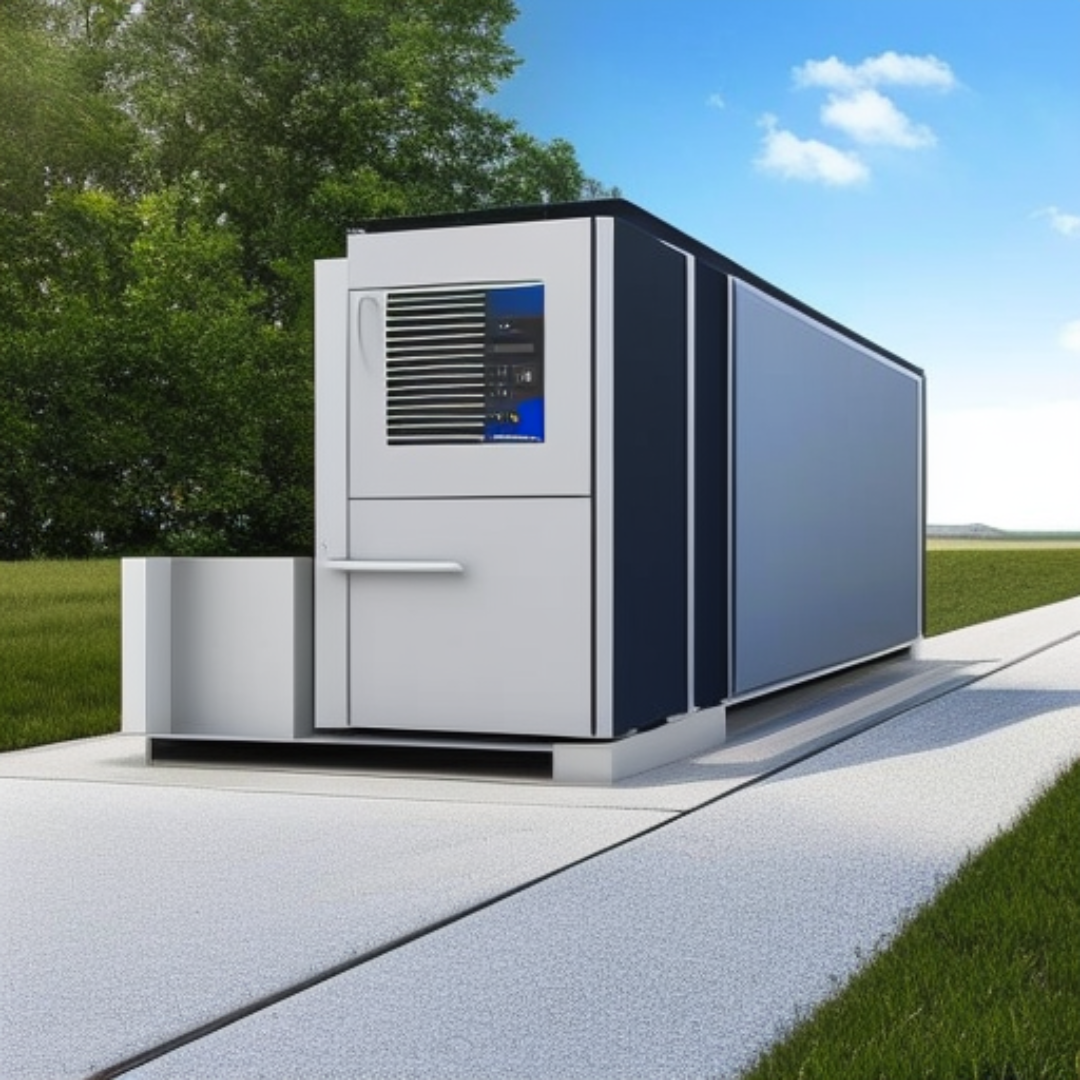
Cables that Enable Better Batteries
Here’s the truth: batteries alone can’t power our future. And while other energy storage technologies are available, it’s hard to find viable battery replacements. Perhaps the answer is an addition to batteries instead of trying to replace them. This article discusses the characteristics of batteries and supercapacitors, the benefits of hybrid energy storage systems, the tradeoffs associated with them, and how Capacitech makes it easier to adopt these systems.
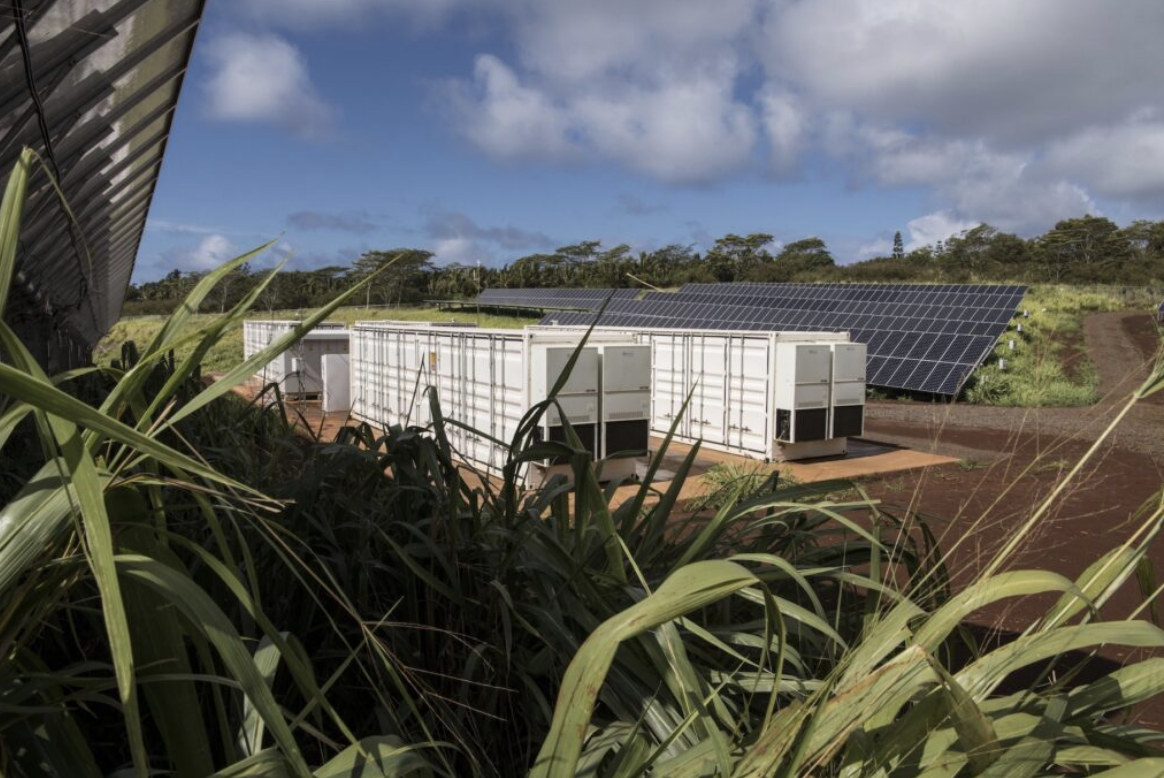
Cables that Store Solar Power, Help Batteries, and Save Money
The shift to renewable energy sources has been on the rise as fossil fuel reserves deplete and the world continues to use more energy than it ever has before. This article discusses the growing interests in pairing energy storage technologies with solar power systems, the design tradeoffs that come with doing so, and how Capacitech’s flexible supercapacitor technology can help customers overcome these challenges.

How to Avoid Dead Batteries in AR/VR Headsets
Virtual and augmented reality are becoming increasingly useful for manufacturing, maintenance, construction and surveying activities, but what good is an advanced immersive visual medium if you can’t use it for very long? This article explores how Capacitech’s flexible supercapacitor paired with energy harvesting technology can be used to achieve extended runtimes without negative design tradeoffs for a more convenient user experience.
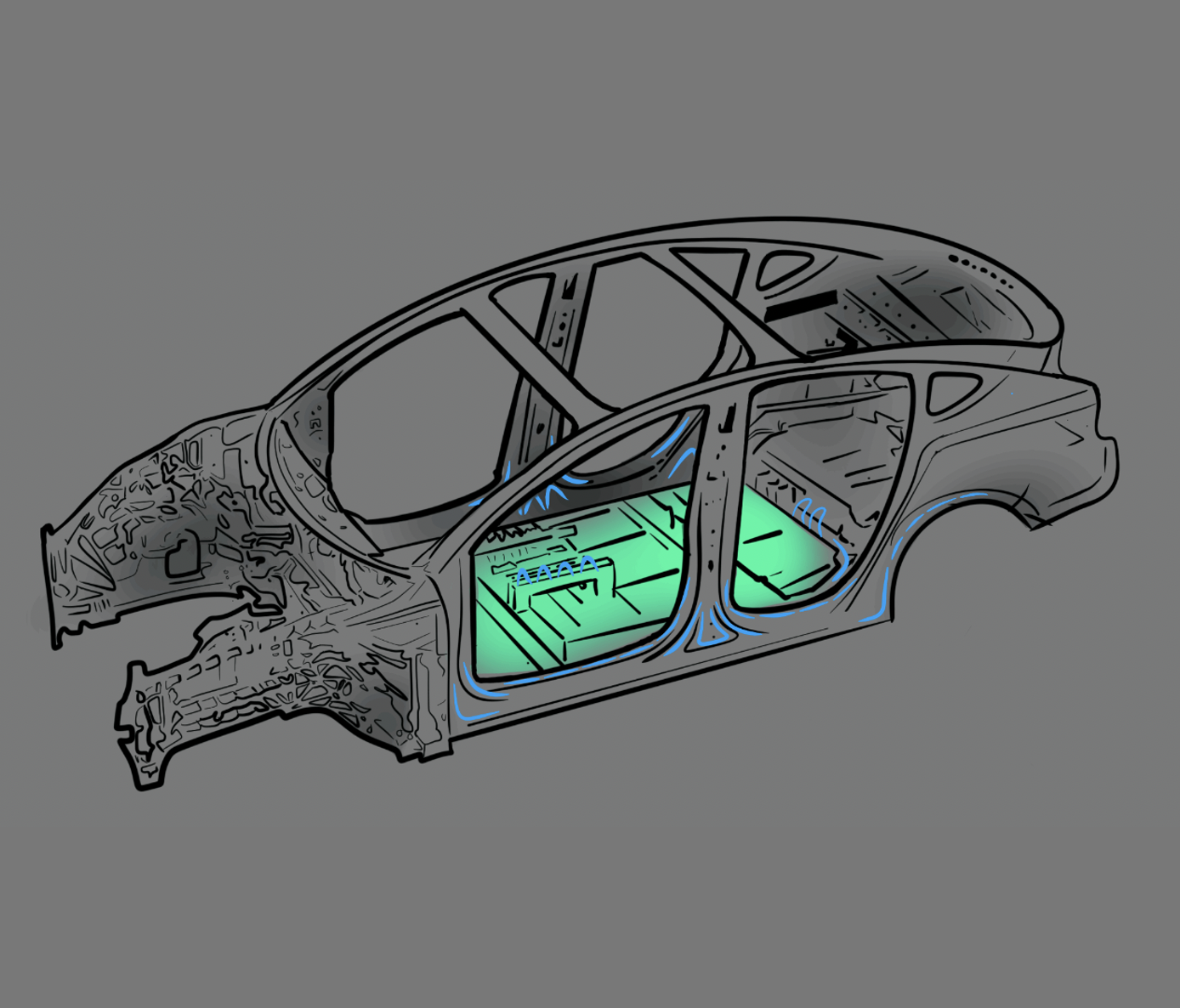
Space Matters
Battery cells come in rigid form factors that limit where and how they can be implemented in electric vehicles without forcing major design tradeoffs. This article explores the use of Capacitech’s flexible energy storage products to complement batteries, improve performance, enable features, and streamline design.
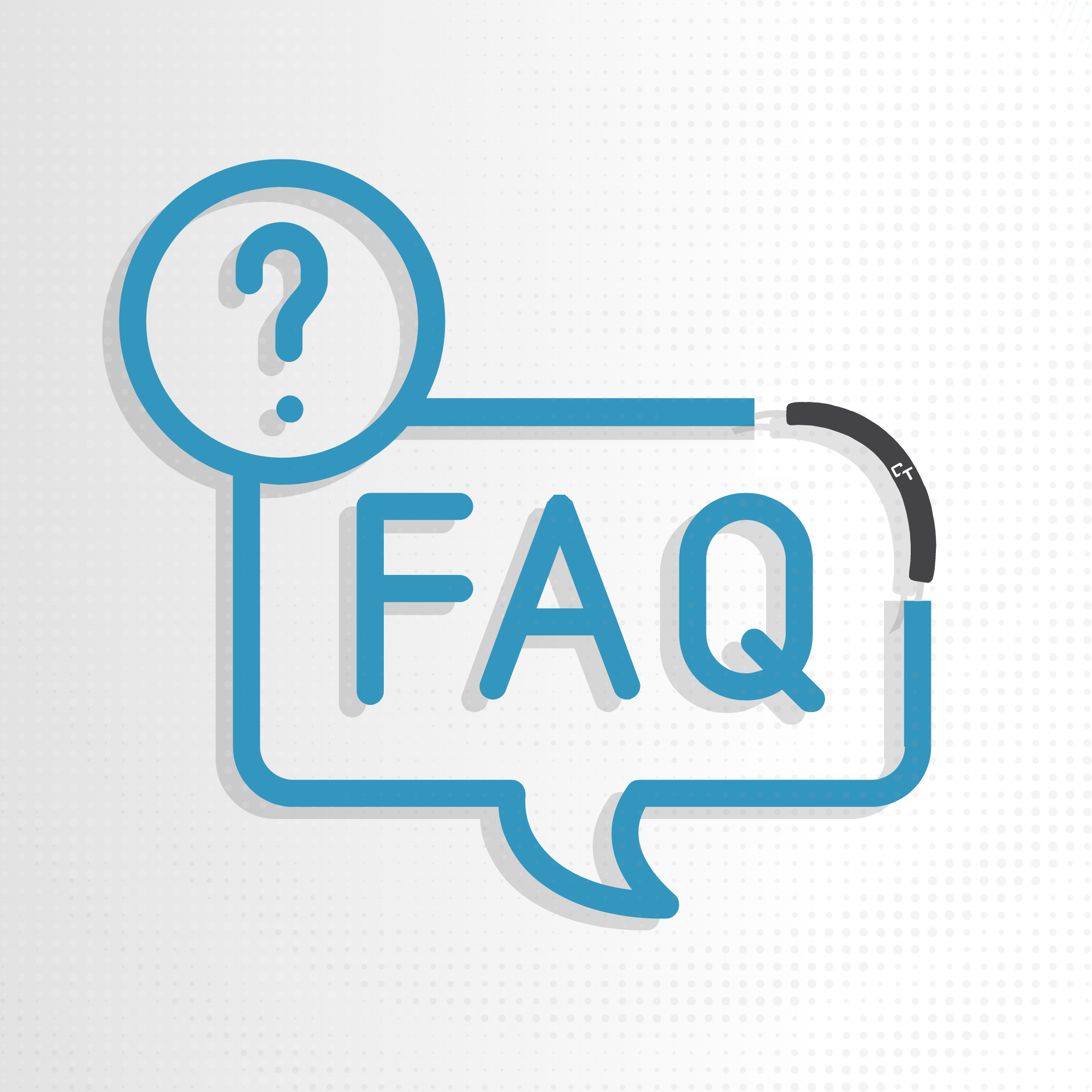
The FAQ You’ve Always Had About Supercapacitors
Energy storage is a vague term. Here, we go through common questions people have about supercapacitors. Topics range from how batteries compare to supercapacitors, what energy density is, what power density is, and how supercapacitors are unique in both their construction and their application.
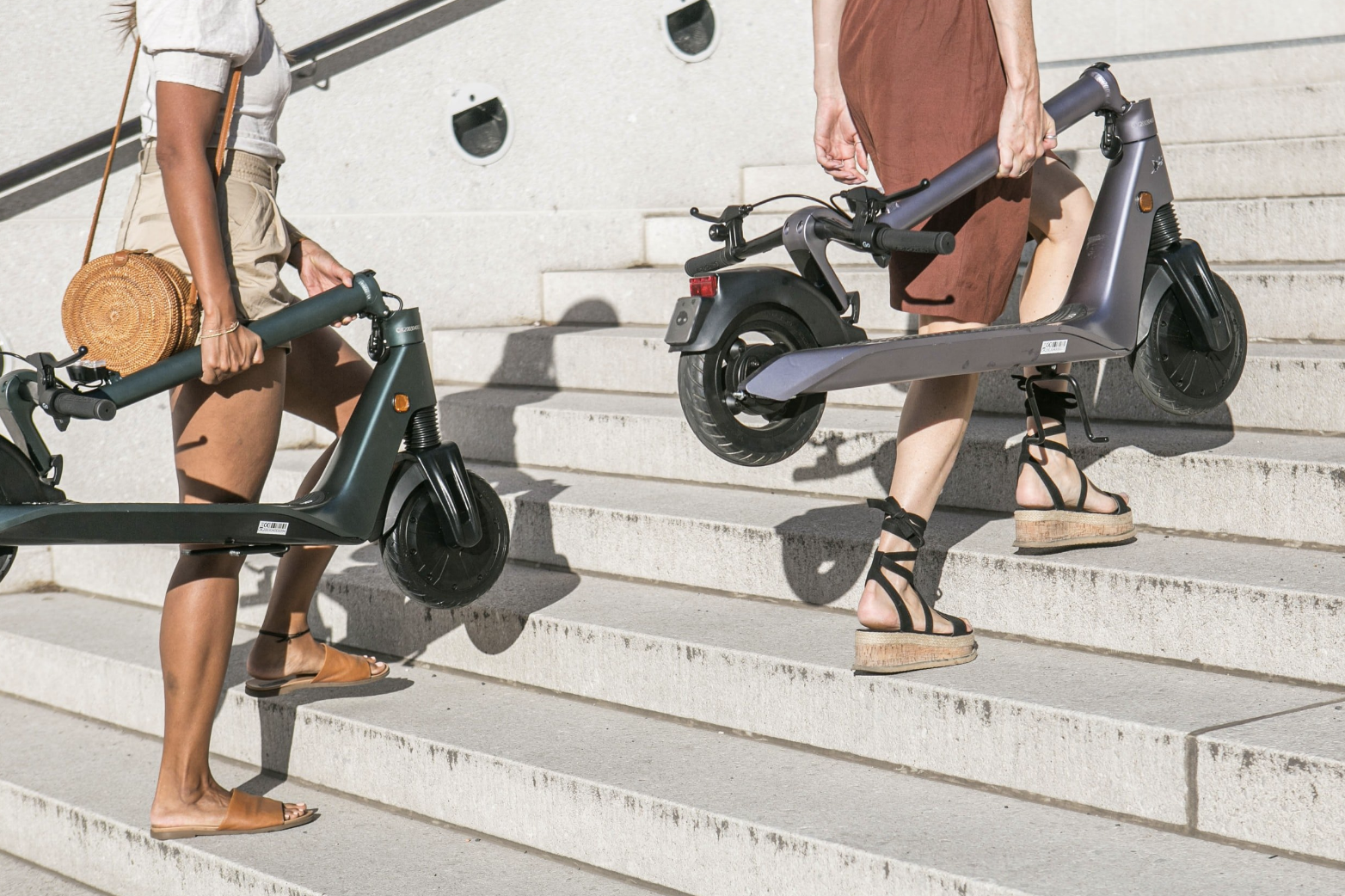
Battery-Supercapacitor Hybrid Energy Storage Systems
How can we make energy storage systems even better? It does not require Nobel Prize winning science or years of research. We already have long lasting energy storage systems and high power energy storage systems. An ideal energy storage system should feature both high energy and high power. We explore the advantage of combining the technologies responsible for high energy (batteries) and high power (supercapacitors) together to form a hybrid.

Maximizing IoT Device Performance & Operating Life
In this article, we explore pros and cons of typical design choices for powering remote IoT devices. In the end, we identify ways to maximize performance and operating life, while maintaining the discrete design that IoT devices should have in smart city, industry 4.0, and agricultural applications. We explore how to: leverage energy harvesting technology, meet peak power requirements for data transmission, pair batteries and supercapacitors as an energy storage system, use CBC flexible supercapacitors that can be wrapped around a pole, and reduce the burden on the battery when light is available, so that operating life requirements are met.

Overcoming Supercapacitor Challenges
Every design has its own requirements for voltage, capacitance, charging and discharging rates. Supercapacitors are faced with challenges like their low voltage rating and finding physical space to add supercapacitors without forcing negative tradeoffs. Capacitech’s CBC product line, just like any other supercapacitor, can be connected in series to operate at higher voltage ratings, but unlike any other supercapacitor, the CBC can be hidden to avoid negative design tradeoffs.
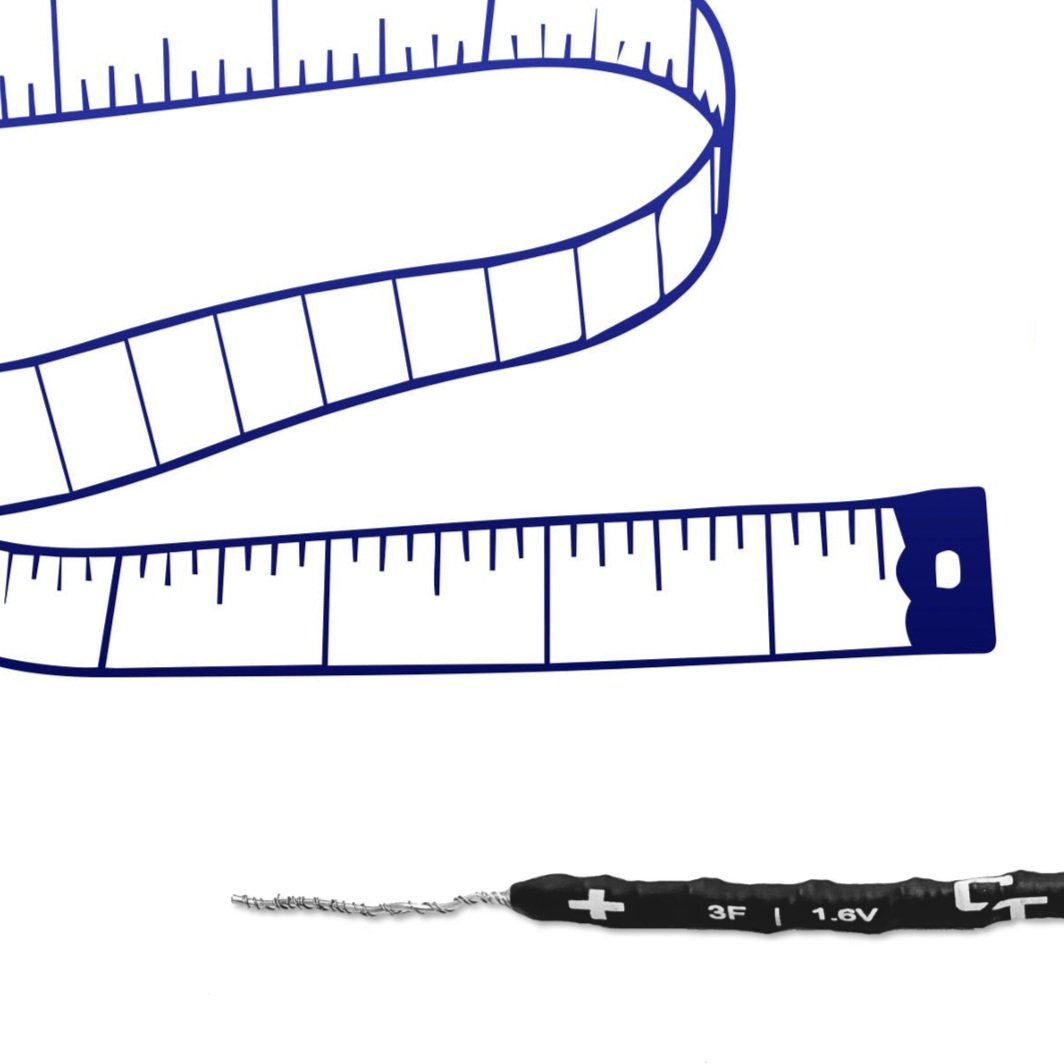
Sizing Flexible Supercapacitors for IoT Applications
Energy harvesting, sensing, and wireless communication technologies have been enabling the rapidly growing Internet of Things (IoT) market. This can can be a nightmare to maintain. The financial burden can add up quickly as batteries powering the IoT device are replaced overtime. One solution is to pair, or even replace, these batteries with a reliable and low maintenance option, such as an energy harvesting device (like a solar cell) and Capacitech Energy’s Cable-based Capacitor (CBC).
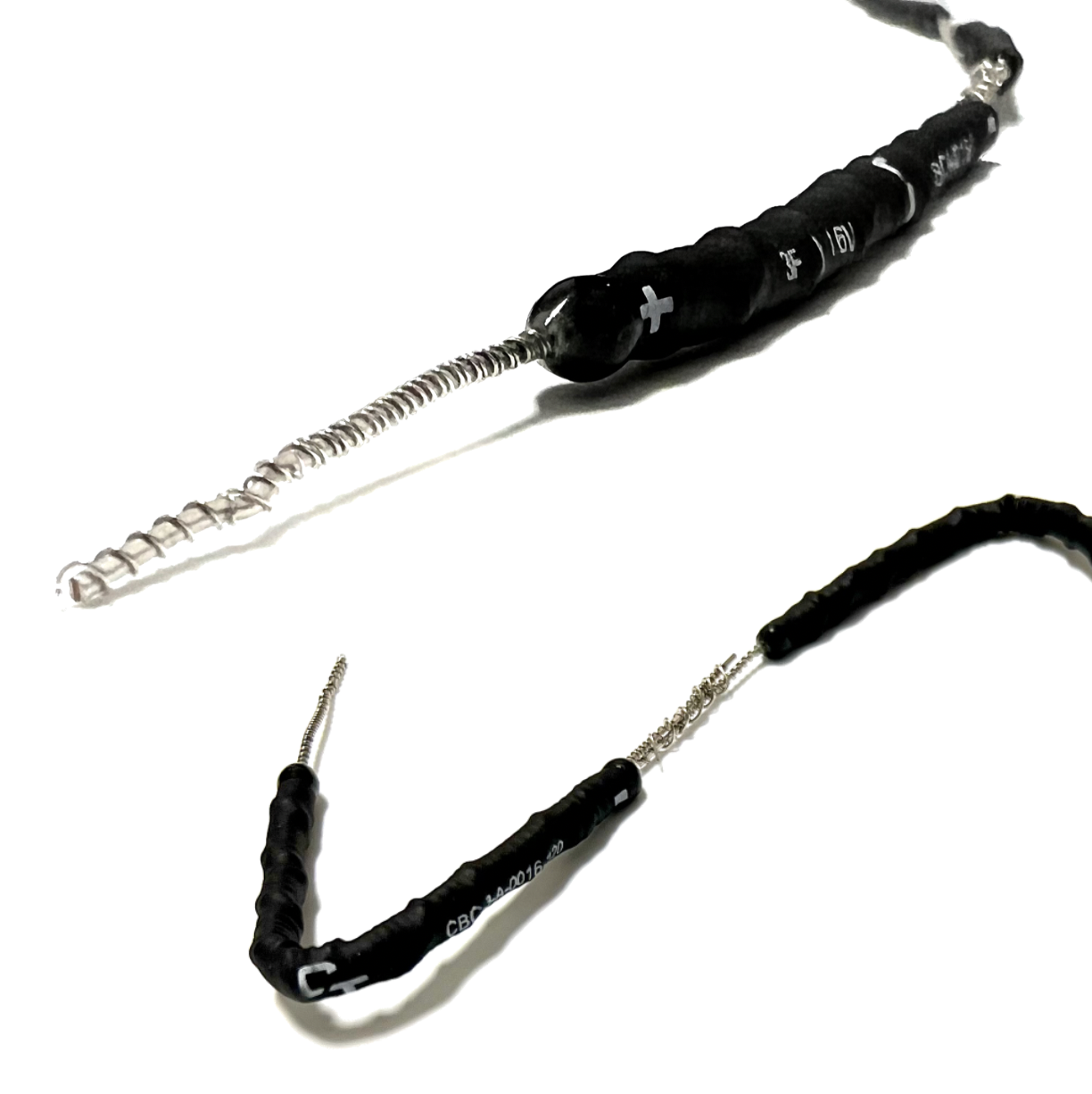
Designing (flexible) Supercapacitor Modules with the CBC
Individual cells of the CBC can be connected in series and parallel to meet the requirements of a given application. This is a common practice in the supercapacitor industry, especially because a single supercapacitor typically has a low voltage rating. When supercapacitors are connected in series and parallel, they form what is called a module. While an individual cell may not meet the requirements for an application, connecting several cells together in a module might. This article discusses the fundamentals behind designing and specifying supercapacitor modules.

